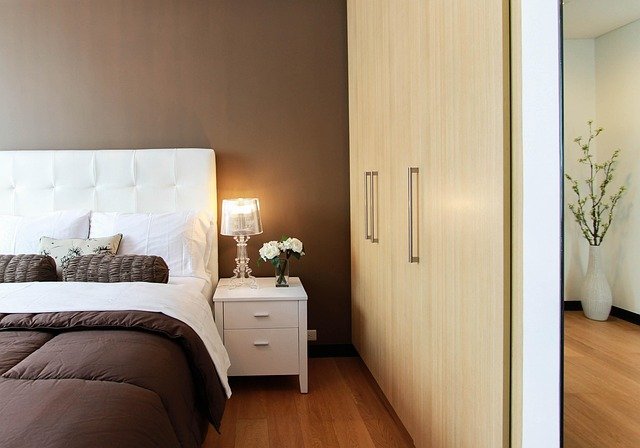Bedrooms: Practical Design, Furniture, and Storage Ideas
A bedroom is both a personal retreat and a functional space that supports rest, dressing, and storage. Thoughtful choices in layout, furniture selection, storage solutions, and interior finishes can make even small rooms feel organized and calming. This article covers practical approaches to designing a bedroom that balances comfort, usability, and style.

How to design a practical bedroom layout?
A practical bedroom layout starts with measuring the room and prioritizing the bed’s placement for access and circulation. Aim for clear pathways of at least 60–90 cm (24–36 in) around the bed where possible, and position the bed to take advantage of natural light without creating glare. Consider sightlines to doors and windows so the room feels open rather than cramped.
Layer zones: sleeping, dressing, and a small resting or work nook if space allows. Keep frequently used items near the bed—nightstand, reading light, and a charger—to reduce clutter and improve nocturnal convenience.
How to choose bedroom furniture for comfort and scale?
Select bedroom furniture that fits the room’s scale and your routines. A large bed can dominate a small room, so balance mattress size with remaining walking space. Choose multisized pieces—such as a slim-profile dresser or narrow bedside tables—if floor area is limited. Materials and finishes should suit your interior theme and maintenance needs; wood, engineered wood, and metal each offer different durability and care requirements.
Prioritize ergonomic choices: mattress support, mattress height that works with bedframes, and dresser heights that match daily tasks. When buying, measure doorways and stairwells to ensure furniture can be delivered and installed without issue.
What storage solutions work in bedrooms?
Effective bedroom storage reduces visible clutter and maximizes space. Combine open and closed options: shelves and hooks keep frequently used items accessible, while drawers and cabinets conceal seasonal clothes and linens. Under-bed storage drawers or low-profile containers make use of otherwise wasted space and are useful for off-season items or extra bedding.
Modular systems can adapt as needs change—adding tall shelving, shoe racks, or drawer inserts helps maintain order. Use storage organizers inside drawers and closets to separate smaller items like socks, accessories, and belts so everything remains easy to find.
How to select the right wardrobe for your bedroom?
Choose a wardrobe by matching capacity to your clothing volume and the room’s constraints. Built-in wardrobes make efficient use of alcoves and can be customized with hanging rails, drawers, and shelving to suit specific garments. Freestanding wardrobes are flexible and can be replaced or moved; ensure they are secured to the wall for safety.
Inside the wardrobe, allocate zones: longer hanging for dresses and coats, double rails for shirts and trousers, and drawers for folded items. Consider sliding doors for tight circulation spaces and mirrored doors to visually expand the room and reduce the need for a separate dressing mirror.
How does interior color and lighting affect bedrooms?
Interior color and lighting directly influence the bedroom’s atmosphere. Softer, muted color palettes often create a calming environment conducive to sleep, while accent walls or textured materials add depth without overwhelming the senses. Choose finishes with low sheen to minimize glare and maintain a restful feel.
Layer lighting: ambient fixtures for overall illumination, task lighting by bedside for reading, and accent lighting to highlight architectural features or storage. Dimmers and warm-color LEDs allow you to adjust brightness and color temperature for evening relaxation versus morning wakefulness, supporting natural circadian rhythms.
A well-designed bedroom balances layout, furniture, storage, wardrobe planning, and interior finishes. Thoughtful measurements and modular storage strategies help maximize small spaces, while appropriate furniture scale and layered lighting improve everyday comfort. These practical principles can be adapted to suit different styles and budgets, creating a bedroom that supports rest and daily routines.






